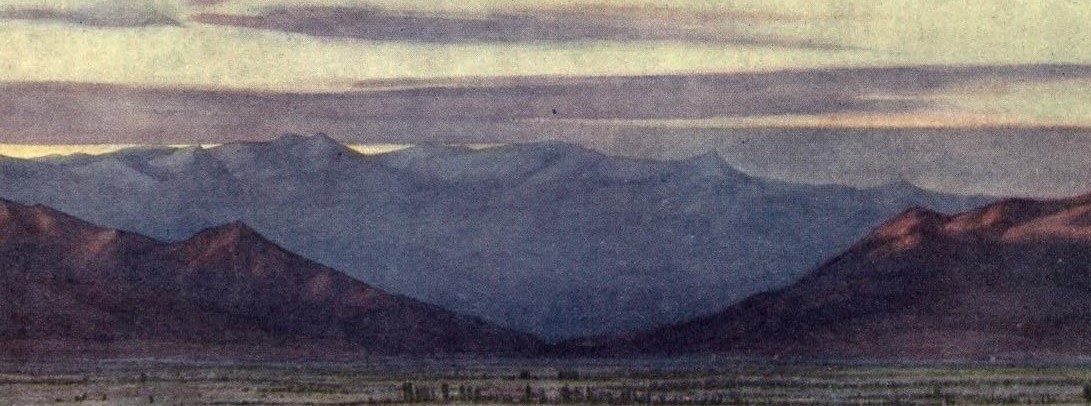It’s not clear when exactly the SRA was formed. Was it in 1922 when Major Elliot Bell contacted General Sir George Milne with a proposal to hold a dinner and wreath laying at the Cenotaph for former British Salonika Force officer? Perhaps, it was in two years later when the commemoration was more widely advertised via national newspapers and opened to all who served in Salonika. After all, it was this invitation to a wider participation in 1924 that led to a large and successful remembrance parade on 4th October 1925 with around 1,500 former BSF soldiers, nurses and VADs attending and an ongoing membership subscription scheme.

Whatever the exact moment, we would like to commemorate the centenary in 2024. This was the ‘Genesis’ moment for the Association when, under General Milne’s direction, Major Bell establishing a planning committee and the resulting parade encompassing all ranks of the old BSF.
Our plan is to mark the Centenary of our parent organisation through articles in forthcoming issues of The New Mosquito, pieces on the SCS website and posts on our social media channels. So, if you have any SRA materials and memorabilia, or knowledge of their whereabouts; if you have any suggestions for additional commemoration of the Centenary; or if you have any comments about the SRA – please contact us.
Naturally, we tend to remember those who paid the ultimate sacrifice in war. The Centenary of the SRA provides us with a wonderful opportunity to tell the story of those BSF comrades who returned home to a country that cared little about their achievements, trials and tribulations. The SRA provided a focus for many of these men and women to remember missing comrades and mark their own deeds and achievements within an organisation unique amongst British veterans groups of the First World War, an army level association. This was something made possible by the character of the BSF – a force serving on a remote front, largely forgotten at home, lacking support from the War Office and Government and with a continuity of senior command from 1916 onward. This fostered a self-reliance during and after the war and a close affinity between the soldiers and commanders, in particular the C-in-C ‘Uncle George’ Milne. This is something we wish to celebrate and commemorate.

